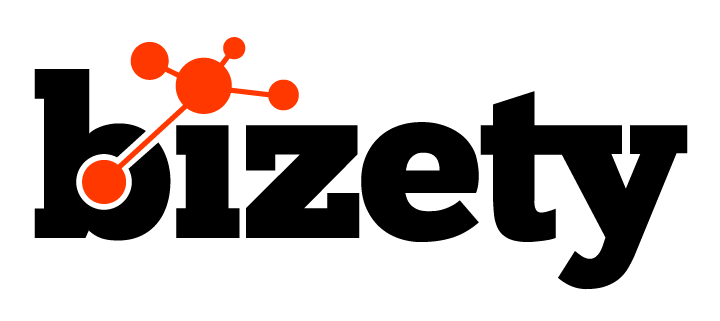In 2012, Paul Sagan, former CEO of Akamai, set a $5B revenue milestone for 2020 that was a five-fold increase to the current annual revenue stream. A few months afterwards, he retires, silently telling himself “see ya Tom”. Tom Lieghton (CEO) has a big goal in front of him. If Akamai reaches $1.9B in annual revenue this year, it will need to find another $3B in revenue in five years. That’s a lot of revenue for a CDN, but Akamai is not just another CDN. Akamai has a history of taking risk. There is one particular market that’s experiencing phenomenal growth, and it’s the market that Palo Alto and Fortinet play in. Maybe its time for Akamai to enter this market. How well is Palo Alto Networks and Fortinet doing? The numbers speak for themselves.
Annual Revenue for Palo Alto and Fortinet
[table “” not found /]
Akamai vs Palo Alto Networks
The first thing that comes to mind is that these two pure-play security companies offer NG-firewall products. Yes they do, but their expanding their cyber security feature set to the cloud. Guess who is the first true global cloud company? It’s not Amazon or Salesforce, it’s Akamai. Akamai brings something to the security table that Palo Alto and Fortinet can’t, a global network of POPs that’s 1 to 2 hops away from the eyeballs. Plus, Akamai has been fighting DDoS attacks for the last decade.
Akamai has the expertise, technology, and financial resources to become a major player in the end-to-end security market. All it needs to do is make an acquisition. Alert Logic is a solid company experiencing rapid growth for a small company. This can provide Akamai with an ATP platform to fight advanced malware. Next, Akamai needs to find a small company that mimics Barracuda Networks or Radware. Security beyond DDoS is where it’s at. If Akamai needs a little inspiration, it should look no further than Imperva. Imperva entered the CDN sector when it had no business doing so. Akamai has no business in the end-to-end security market, so it should enter it and disrupt their ecosystem. Part 3, What’s Next for Akamai

